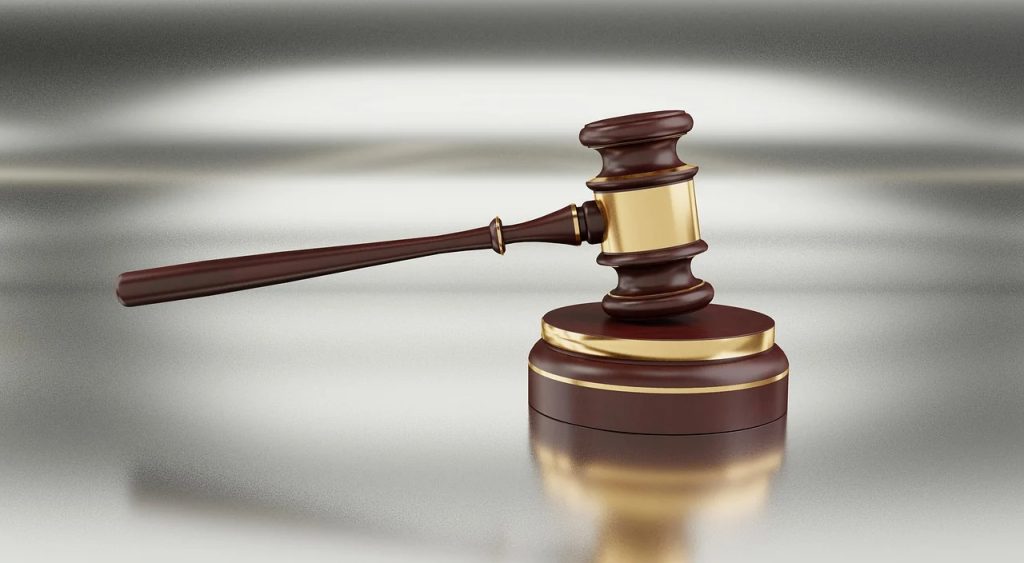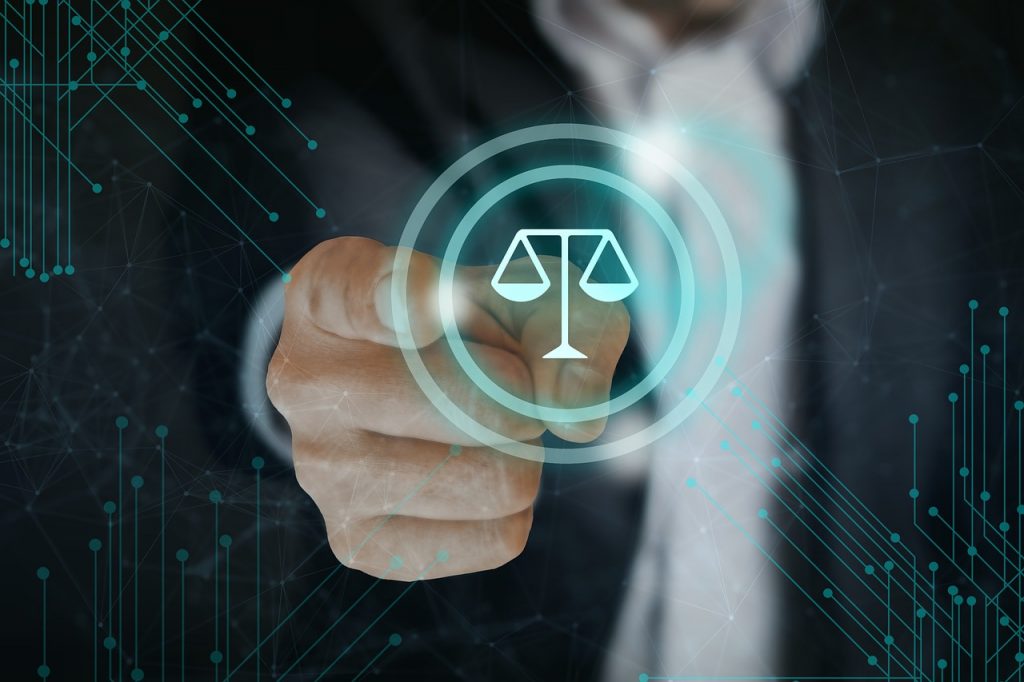TikTok Is Now Helping To Solve Crimes?
TikTok might now be an emerging platform that aids in solving crimes.
This article is more than 2 years old

Since coming into existence, social media has done a lot of things for and to society. One of the most obvious things that it has allowed for is serving as a conduit for people to have a voice in spaces that they normally would not. Whether that is a good or bad thing is entirely subjective, regardless, it is something that has resulted because of it. Now, according to The Verge this “voice” has found its way into the legal space. A new trend on TikTok has users weighing in on whether someone is guilty of a certain action or not.
This phenomenon where users are feeling empowered to take sides of “accusors” and defendants” per se is happening in a space on TikTok known as the Drama Channels. The trend started to become apparent in October after a TikTok user Matthew Heller posted a video on his TikTok (now only viewable on his Instagram) that showed a minor traffic accident that he had with another driver. In his video, he alleged that the other driver hit his Lamborghini while he was stopped and that the other driver was at fault. After posting the video he asked his viewers to weigh in and weigh in they did.
Heller’s video went viral, gaining popularity by the day, and prompting many to launch their own “investigations” to properly articulate their take on the matter. A TikTok user in Toronto who goes by @pushpeksidhu went to the other driver, Maddy Gilsoul’s, account to look at the footage that she posted in order to compare the two and get a full picture of the incident. Another user, @doctor.ryan, obtained security camera footage and edited his, Heller’s, and Gisoul’s footage together in order to decide who was ultimately at fault.

The reason that TikTok users are providing their two cents on circumstances to the extent that they are for matters normally left up to the likes of law enforcement and the judicial system is twofold. A large part of it can be attributed to TikTok’s algorithm. The algorithm is perfectly suited to keep feeding its users “controversial” content that they interact with, thus accelerating this growing trend. The other reason is that because of social media the way in which we as a society socialize is fundamentally shifting, but at the same time what drives all of us to socialize in the first place remains unchanging.
Famed TikTok user Micheal Mc who weighed in, in a big way on Heller’s video, and frequently does so with other “cases,” equated it to a sort of small-town effect. “There’s an old expression that ‘bad gas travels fast in a small town.’ If you live in a small town and you do something terrible, everyone knows about it,” said Mc. What he is referring to is the assumption that people in a small town are close-knit, and we as a species seek out this “close-knit” feeling. We want to be “a part” of something. That’s why there are such things as cliques in high school or why psychology has terminology for in-groups and out-groups. Essentially we all want to belong, and if we find a way to belong we fiercely hold onto it and defend it.
Thus, the division these TikTok cases innately elicit gives that feeling of being a part of something and promotes a sense of belonging through sharing a like opinion. Essentially, a person is able to feel like they are in an in-group. So, while TikTok users are not actually solving crimes, this new trend is allowing certain people to find a sense of belonging that perhaps is missing from their lives that exist separately from their social media presence.






